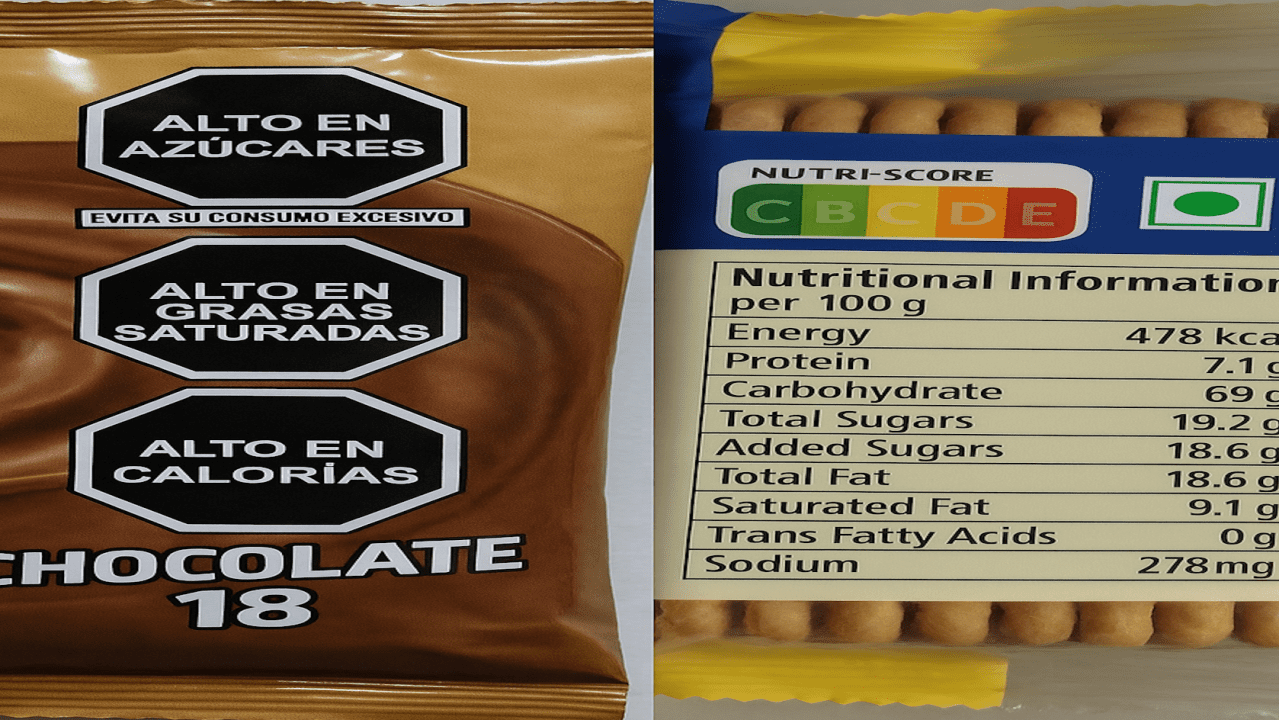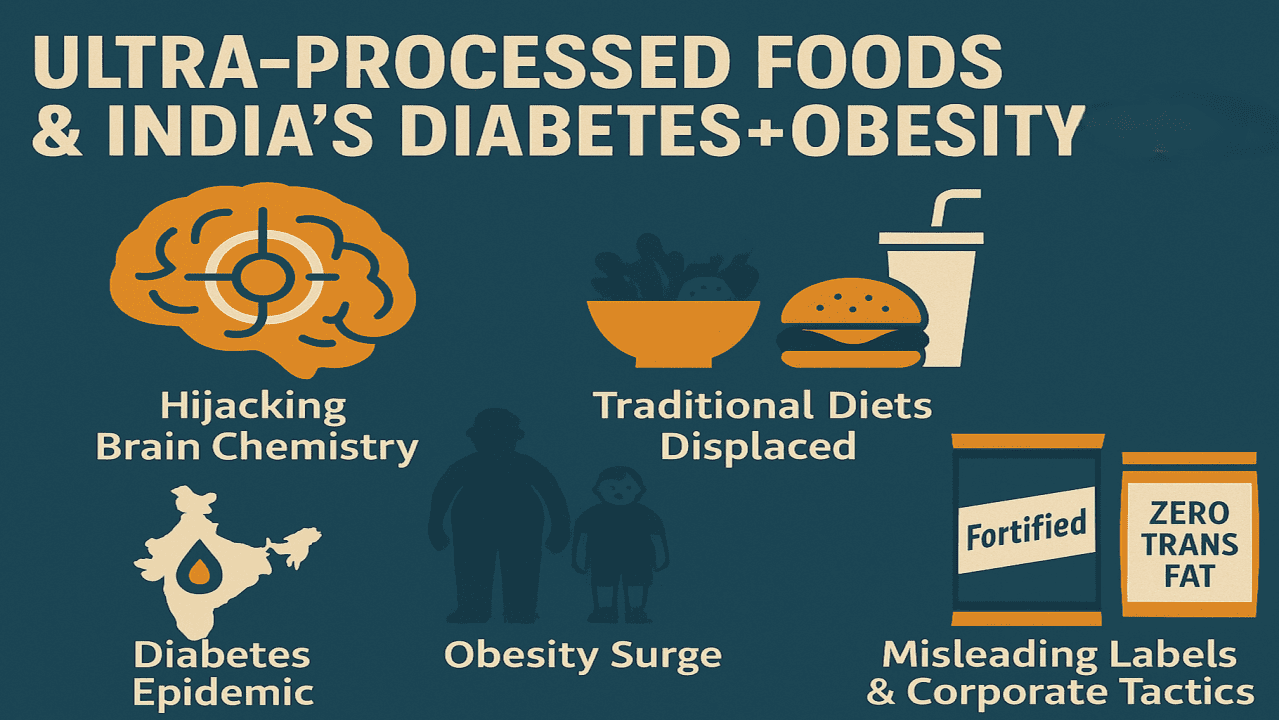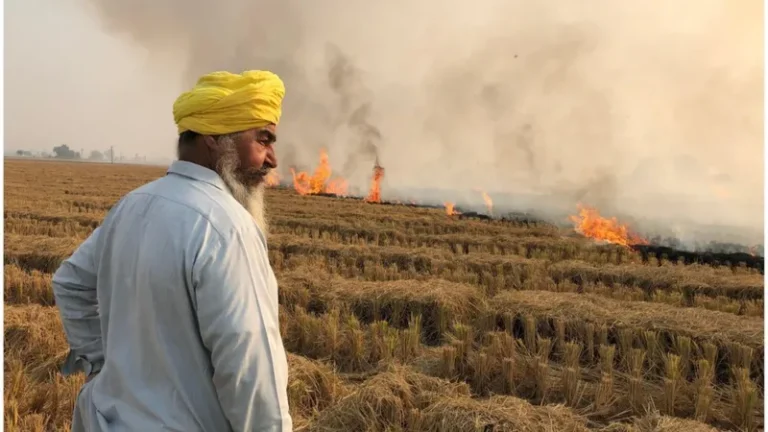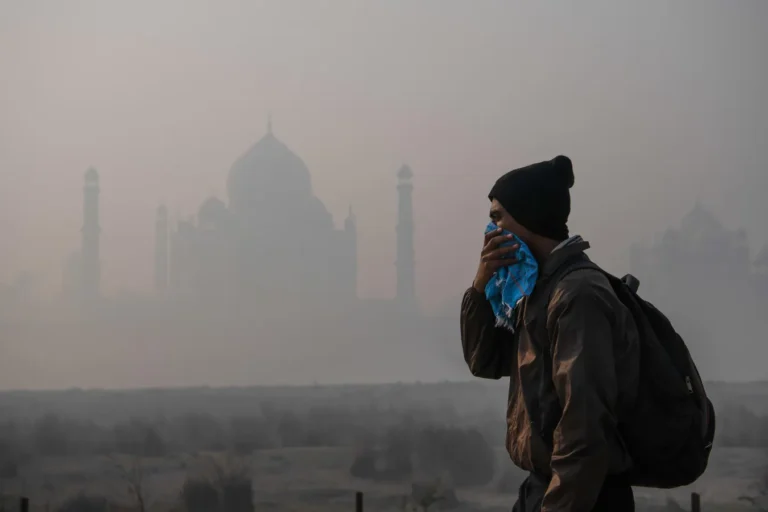Reading Between the Lines: Why Food Labels Matter for India’s Health
Imagine buying a packet of “lightly salted” chips, only to realise it contains nearly half your daily recommended sodium intake. In India, where non-communicable diseases (NCDs) like hypertension, diabetes, and heart disease are surging, food labels are no longer just technical details – they are a matter of life and death.
The Reality Behind Labels
According to the Food Safety and Standards Authority of India (FSSAI), over 70% of packaged foods exceed recommended limits for salt, sugar, or fat. Yet, labelling remains confusing, inconsistent, and often misleading. Terms like “natural”, “lite”, or “zero sugar” frequently mask high levels of unhealthy additives.
The World Health Organization (WHO) highlights that simple front-of-pack labels can reduce unhealthy food consumption by 20-25%, as seen in countries like Chile and Israel. Their policy brief strongly recommends “interpretive” labels – using symbols, colours, or warnings instead of technical data – to enable quick, informed decisions, especially among populations with low nutritional literacy.
Dr. Robert Lustig’s Warning
Dr. Robert Lustig, renowned paediatric endocrinologist and author of “Fat Chance: Beating the Odds Against Sugar, Processed Food, Obesity, and Disease”, asserts:
“You can’t tell people to eat less sugar if they don’t know where the sugar is.”
His research shows hidden sugars in packaged foods are a prime driver of global obesity and metabolic syndrome. In India, where processed food consumption is rising rapidly across urban and rural markets, this hidden burden will soon translate to unmanageable public health costs.
What’s Missing in India’s Labelling?
- Lack of front-of-pack warnings – Current Indian labels mention nutritional details on the back in fine print. Consumers rarely read, understand, or interpret these.
- Technical jargon – Terms like “polyunsaturated fats” or “sodium benzoate” fail to inform an average buyer.
- Misleading claims – Products labelled “100% natural” may still be ultra-processed with additives and preservatives.
- Low awareness – FSSAI’s Eat Right India campaign is a step forward, but literacy levels and regulatory enforcement remain weak.
Learning from Global Examples
- Chile’s warning label system (black stop signs) led to a 25% drop in sugary drink consumption within 18 months. *
- UK’s traffic light labelling helps consumers instantly see high (red), medium (amber), or low (green) levels of fat, sugar, and salt.
- Israel’s dual label policy warns high sugar, salt, and fat foods while promoting healthier options with a green label.
*By the way a black octagon (stop sign shape) with white bold text stating, for example shown in the picture used for this article in Spanish means:
- “HIGH IN SUGAR”
- “HIGH IN SATURATED FATS”
- “HIGH IN CALORIES”
Such signs are displayed prominently on the front of the package, often with multiple labels if the product exceeds limits for more than one nutrient.
Why This Matters for India
India is home to 77 million diabetics – second only to China – and cardiovascular diseases account for 28% of total deaths. A recent study by the Indian Council of Medical Research showed rapid growth of obesity and hypertension even among rural youth, driven by processed food penetration.
Without clear, honest labelling, consumers remain vulnerable. Public health costs will escalate, impacting economic productivity and family livelihoods alike.
The Way Forward
Implement mandatory front-of-pack warning labels, prioritizing high-risk categories like sugary drinks, snacks, and ultra-processed foods.
Simplify language, using symbols, colour codes, and regional language translations.
Regulate health claims, banning misleading branding until the product meets defined health standards.
Integrate label literacy into school curriculums and community health programmes under National Nutrition Mission.
Ensure accountability by empowering FSSAI to enforce compliance with penalties for violators.
Closing Call
India stands at the cusp of a health crisis fueled by what we eat, but the solution begins with what we read. A simple, honest label can empower every consumer to make better choices, prevent disease, and reclaim control over their health.
It’s time we demanded to know what we eat.







